ATSU01N212LT
soft starter for asynchronous motor, Altistart U01, TeSys U, ATSU01, 12A, 200 to 480V, 2.2 to 5.5kW
- Stock status:
- In stock
- Manufacturer:
- Schneider
- Product code:
- ATSU01N212LT
Main documents
| Range of Product | Altistart U01 and TeSys U |
|---|---|
| Product or Component Type | Soft starter |
| product destination | Asynchronous motors |
| Product Specific Application | Simple machine |
| Device short name | ATSU01 |
| Phase | 3 phase |
| [Us] rated supply voltage | 200…480 V – 10…10 % |
| Motor power kW | 2.2 kW, 3 phase 230 V 5.5 kW, 3 phase 400 V 3 kW, 3 phase 230 V |
| Maximum Horse Power Rating | 3 hp, 3 phase 230 V 7.5 hp, 3 phase 460 V |
| IcL starter rating | 12 A |
| Utilisation category | AC-53B EN/IEC 60947-4-2 |
| Current consumption | 65 mA |
| Type of start | Start with voltage ramp |
| Power dissipation in W | 1.5 W at full load and at end of starting 121.5 W in transient state |
| Assembly style | With heat sink |
|---|---|
| Function Available | Integrated bypass |
| Supply voltage limits | 180…528 V |
| Supply frequency | 50…60 Hz – 5…5 % |
| Network Frequency | 47.5…63 Hz |
| Output voltage | <= power supply voltage |
| [Uc] control circuit voltage | 24 V DC +/- 10 % |
| Starting time | 1 s / 100 5 s / 20 10 s / 10 Adjustable from 1 to 10 s |
| Deceleration time symb | Adjustable from 1 to 10 s |
| Starting torque | 30…80 % of starting torque of motor connected directly on the line supply |
| Discrete input type | Logic LI1, LI2, BOOST) stop, run and boost on start-up functions <= 8 mA 27 kOhm |
| Discrete input voltage | 24…40 V |
| Input output isolation | Galvanic between power and control |
| Discrete input logic | Positive LI1, LI2, BOOST < 5 V <= 0.2 mA > 13 V, >= 0.5 mA |
| Discrete output current | 2 A DC-13 3 A AC-15 |
| Discrete output type | Open collector logic LO1 end of starting signal Relay outputs R1A, R1C NO |
| Discrete output voltage | 24 V 6…30 V) open collector logic |
| Minimum switching current | 10 mA 6 V DC relay outputs |
| Maximum switching current | Relay outputs 2 A 30 V DC cos phi = 0.5 20 ms inductive Relay outputs 2 A 250 V AC AC-15 cos phi = 0.5 20 ms inductive |
| Maximum switching voltage | 440 V relay outputs |
| Display type | 1 LED Green)starter powered up 1 LED Yellow)nominal voltage reached |
| Tightening torque | 16.82…22.13 lbf.in (1.9…2.5 N.m) 4.43 lbf.in (0.5 N.m) |
| Electrical connection | 4 mm screw clamp terminal – rigid 1 1…10 mm² AWG 8 power circuit Screw connector – rigid without cable end 1 0.5…2.5 mm² AWG 14 control circuit 4 mm screw clamp terminal – rigid 2 1…6 mm² AWG 10 power circuit Screw connector – rigid 2 0.5…1 mm² AWG 17 control circuit Screw connector – flexible with cable end 1 0.5…1.5 mm² AWG 16 control circuit 4 mm screw clamp terminal – flexible without cable end 1 1.5…10 mm² AWG 8 power circuit Screw connector – flexible without cable end 1 0.5…2.5 mm² AWG 14 control circuit 4 mm screw clamp terminal – flexible with cable end 2 1…6 mm² AWG 10 power circuit 4 mm screw clamp terminal – flexible without cable end 2 1.5…6 mm² AWG 10 power circuit Screw connector – flexible without cable end 2 0.5…1.5 mm² AWG 16 control circuit |
| marking | CE |
| Operating position | Vertical +/- 10 degree |
| Height | 9.21 in (234 mm) |
| Width | 1.77 in (45 mm) |
| Depth | 5.91 in (150 mm) |
| Net Weight | 0.75 lb(US) (0.34 kg) |
| Motor power range AC-3 | 2.2…3 kW 200…240 V 3 phase 4…6 kW 380…440 V 3 phase |
| Motor starter type | Soft starter |
| Electromagnetic compatibility | Conducted and radiated emissions level B CISPR 11 Conducted and radiated emissions level B IEC 60947-4-2 Damped oscillating waves level 3 IEC 61000-4-12 Electrostatic discharge level 3 IEC 61000-4-2 EMC immunity EN 50082-1 EMC immunity level B EN 50082-2 Harmonics level 3 IEC 1000-3-2 Harmonics level 3 IEC 1000-3-4 Immunity to electrical transients level 4 IEC 61000-4-4 Immunity to radiated radio-electrical interference level 3 IEC 61000-4-3 Voltage/current impulse level 3 IEC 61000-4-5 Conducted and radiated emissions level 3 IEC 61000-4-6 Immunity to conducted interference caused by radio-electrical fields level 4 IEC 61000-4-11 |
|---|---|
| Standards | EN/IEC 60947-4-2 |
| Product Certifications | UL CCC C-tick CSA |
| IP Degree of Protection | IP20 |
| Pollution degree | 2 EN/IEC 60947-4-2 |
| Vibration resistance | 1 gn 13…150 Hz)EN/IEC 60068-2-6 1.5 mm peak to peak 3…13 Hz)EN/IEC 60068-2-6 |
| Shock resistance | 15 gn 11 ms EN/IEC 60068-2-27 |
| Relative humidity | 5…95 % without condensation or dripping water EN/IEC 60068-2-3 |
| Ambient air temperature for operation | 14…104 °F (-10…40 °C) without derating) 104…122 °F (40…50 °C) with current derating of 2 % per °C) |
| Ambient air temperature for storage | -13…158 °F (-25…70 °C) EN/IEC 60947-4-2 |
| Operating altitude | <= 3280.84 ft (1000 m) without derating > 3280.84 ft (1000 m) with current derating of 2.2 % per additional 100 m |
| Category | US10I1122392 |
|---|---|
| Discount Schedule | 0I11 |
| GTIN | 3389110667103 |
| Returnability | Yes |
| Country of origin | DE |
| Unit Type of Package 1 | PCE |
|---|---|
| Number of Units in Package 1 | 1 |
| Package 1 Height | 2.17 in (5.5 cm) |
| Package 1 Width | 6.89 in (17.5 cm) |
| Package 1 Length | 5.91 in (15.0 cm) |
| Package 1 Weight | 15.98 oz (453.0 g) |
| Unit Type of Package 2 | S03 |
| Number of Units in Package 2 | 14 |
| Package 2 Height | 11.81 in (30.0 cm) |
| Package 2 Width | 11.81 in (30.0 cm) |
| Package 2 Length | 15.75 in (40.0 cm) |
| Package 2 Weight | 15.19 lb(US) (6.889 kg) |
Product Description
Schneider Electric
Schneider Electric is a multinational corporation specializing in energy management and automation solutions. With operations in over 100 countries, the company offers a wide range of products and services for various industries, including residential, commercial, and industrial.
Schneider Electric is focused on sustainability and innovation, aiming to help their customers manage energy efficiently and reduce their environmental impact.
Schneider Electric Drives
Looking for reliable drive solutions for your Schneider Electric systems? Schneider Electric offers a comprehensive range of AC and variable frequency drives (VFDs) that ensure precise motor control, enhanced energy efficiency, and seamless integration with industrial automation systems. Designed for applications in manufacturing, HVAC, water treatment, and more, these drives provide robust performance, easy installation, and long-term reliability.
Schneider Soft Starter
Schneider Electric offers a comprehensive range of soft starters designed to provide smooth and efficient motor starting and stopping. Soft starters are essential for reducing mechanical stress on motors and minimizing electrical surges, making them ideal for various industrial applications.
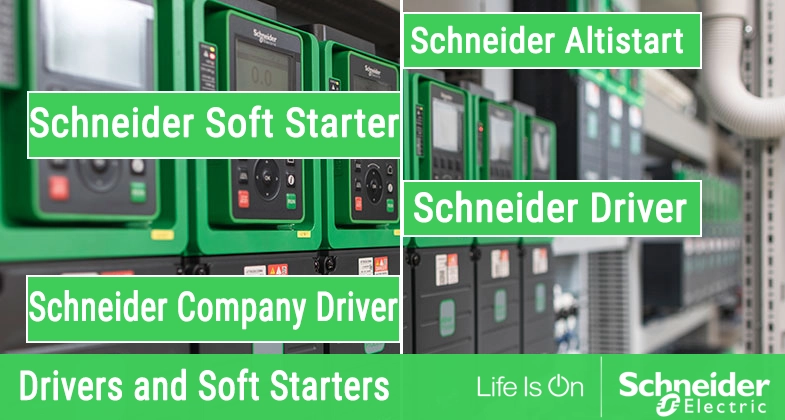
Altistart 01
The Schneider Electric Altistart 01 is a versatile and compact soft starter designed for simple motor control applications. It provides a reliable and efficient solution for smooth motor starting, reducing mechanical stress and electrical surges, which extends the lifespan of your equipment.
Key Features of Altistart 01:
Smooth Motor Starting:
- Gradually increases voltage to the motor, ensuring smooth acceleration and reducing mechanical stress.
Compact Design:
- Small and space-saving, easy to integrate into existing control panels.
User-Friendly Setup:
- Simple configuration with adjustable parameters to suit various applications.
Motor Protection:
- Protects against overloads and phase imbalances, ensuring safe operation.
Energy Efficiency:
- Reduces inrush current, optimizing energy consumption during motor startup.
ATSU01N212LT
The Schneider Electric Altistart U01 (Product Code: ATSU01N212LT) is a compact and efficient soft starter designed for 3-phase asynchronous motors. This soft start/soft stop unit is primarily intended for use in combination with TeSys U starter-controllers, providing a reliable and seamless motor starting solution.
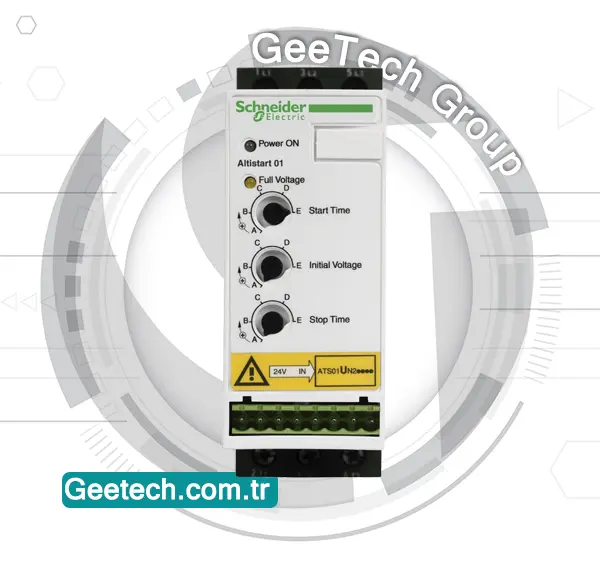
Key Features and Benefits:
Motor Compatibility:
- Suitable for motors with a rated power of up to 3kW (7.5hp) for 3-phase systems (200V to 480V AC).
- Supports motor current ratings up to 12A.
Compact Design:
- Extremely compact with a width of just 45mm, making it one of the smallest soft starters available.
- Dimensions: 45mm (width) x 234mm (height) x 150mm (depth).
- Weight: 0.34kg.
Integrated Bypass:
- Features an integrated bypass, which reduces noise and decreases heat dissipation, enhancing efficiency and performance.
Protection and Certifications:
- Protection index: IP20.
- Complies with IEC/EN 60947-4-2 standards.
- Certifications: UL, CSA, C-Tick, CCC, and CE marking.
Easy Installation:
- Can be easily installed on a DIN rail, facilitating quick and convenient setup.
TeSys U Combination:
- Designed to be seamlessly combined with TeSys U controllers using the power connector VW3G4104, providing a unique and integrated motor starter solution.
User-Friendly Configuration:
- Features simple cabling and fast configuration, making it easy to set up and use.
- Reduces machine wear and minimizes maintenance time, optimizing overall operations.
Frequently Asked Questions
What is a Schneider Soft Starter?
✅ A soft starter is a solid-state device designed to protect AC electric motors from damage caused by sudden power surges. By limiting the large initial inrush of current during motor startup, soft starters ensure a smoother and safer operation, thereby extending the lifespan of the motor.
How Does a Soft Starter Work?
✅ A soft starter continuously controls the motor's voltage supply during the start-up phase. By adjusting the motor to the machine's load behavior, it ensures that mechanical operating equipment accelerates smoothly. This gradual acceleration lengthens the service life of the equipment, improves operating behavior, and smooths workflows, leading to more efficient and reliable operations.
what is a Schneider Drive
✅ A Schneider Electric drive, often referred to as a variable frequency drive (VFD) or variable speed drive (VSD), is an advanced device used to control the speed and torque of electric motors. These drives are integral components in modern industrial automation, providing precise motor control, energy efficiency, and enhanced operational performance.
What is the Difference Between VFD and Soft Starter?
✅ The primary difference between a Variable Frequency Drive (VFD) and a soft starter is their functionality. A VFD can vary the speed of a motor, providing precise control over its operation, while a soft starter only controls the starting and stopping phases of the motor. When considering an application, soft starters are typically more cost-effective and compact. However, if speed control is required, a VFD is the better choice.
Which is Better, VFD or Soft Starter?
✅ The primary difference between a Variable Frequency Drive (VFD) and a soft starter is their functionality. A VFD can vary the speed of a motor, providing precise control over its operation, while a soft starter only controls the starting and stopping phases of the motor. When considering an application, soft starters are typically more cost-effective and compact. However, if speed control is required, a VFD is the better choice.
Can a VFD Replace a Soft Starter?
✅Essentially, a Variable Frequency Drive (VFD) functions as a soft starter with added speed control capabilities. If your application requires speed variation, a VFD is the ideal choice. However, if you only need to control the inrush of current during startup and prefer a smaller, more cost-effective device, a soft starter is the better option.




















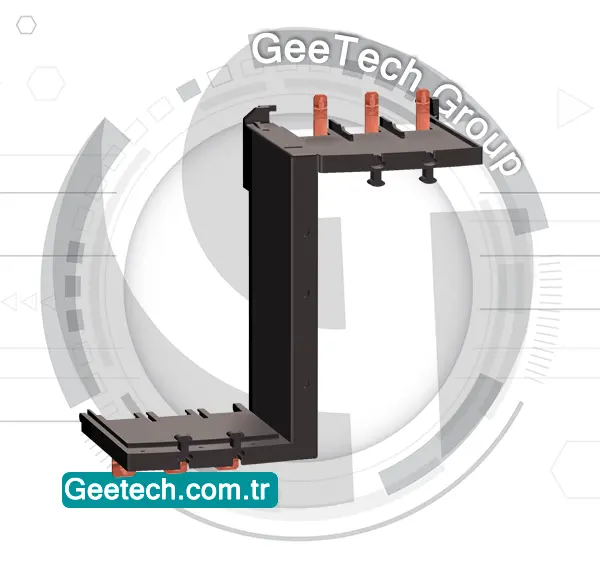
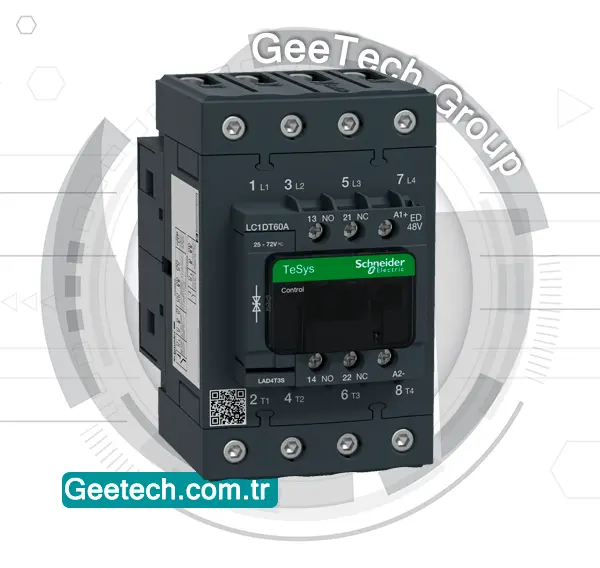
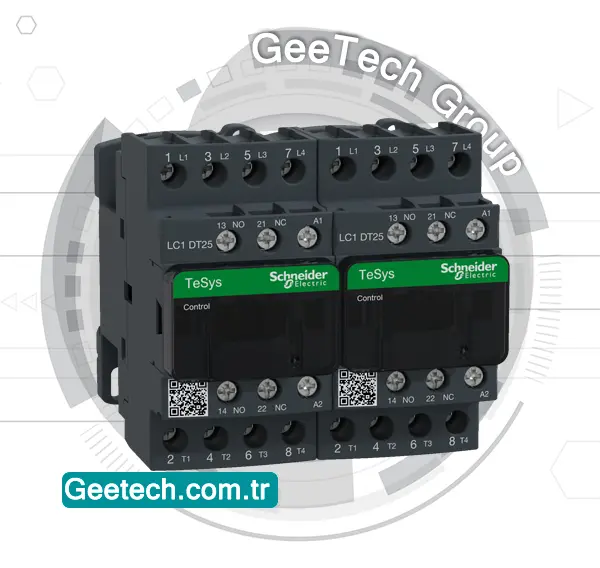

Reviews
There are no reviews yet.